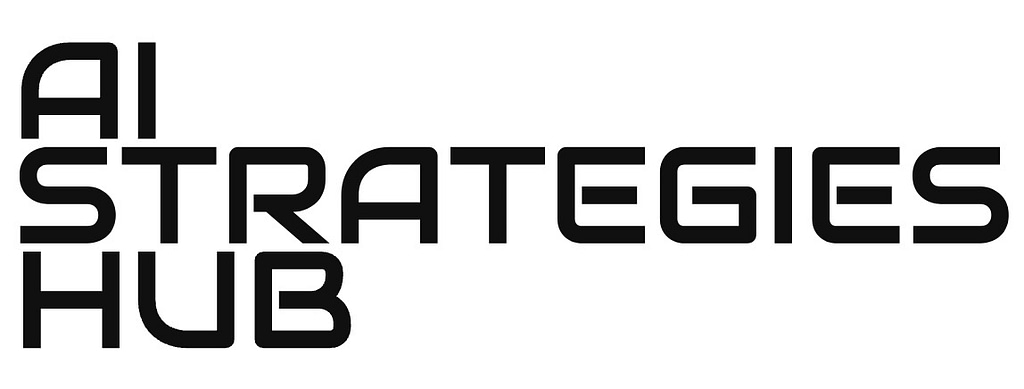So, you want to turn your company into an AI-driven powerhouse, huh? Well, you’re in the right place! Drawing from my extensive experience leading the Google Brain Team and Baidu’s AI group, I’ve crafted this guide to help you navigate the complex journey of AI transformation. And hey, this isn’t just for CEOs; everyone in the company can benefit from understanding how to make a significant impact with AI. Let’s dive in!
The 5-Step AI Transformation Playbook
Before we get into the nitty-gritty, let’s outline the five crucial steps for AI transformation:
- Execute pilot projects to gain momentum.
- Build an in-house AI team.
- Provide broad AI training.
- Develop your AI strategy.
- Establish internal and external communications about AI.
These steps aren’t set in stone; they can overlap and adapt to your company’s specific needs. But they offer a solid framework to start with.
Step 1: Kickstart with Pilot Projects
The first step is all about gaining momentum. Don’t aim for the moon; instead, focus on projects that are likely to succeed. When I was at Google, our first project was improving speech recognition. Was it the most valuable project? No. But it was a win, and that’s what you need to get the ball rolling. Aim for projects that can show results within 6-12 months. You can even outsource these initial projects if you don’t have an in-house AI team yet.
Expert Tip: Choose projects that are “quick wins” to build confidence and momentum. For more insights, check out this article on Forbes about AI business transformation.
Step 2: Assemble Your In-House AI Team
Once you’ve got some wins under your belt, it’s time to build your in-house AI team. I recommend a centralized AI team that can work across different business units. Why? Because not every business unit leader is an AI expert. A centralized team ensures consistent standards and allows for company-wide platforms to be developed.
Expert Opinion: A centralized AI team fosters collaboration and sets a unified direction for AI initiatives. Here’s a study on Harvard Business Review that supports this approach.
Step 3: Broad AI Training is a Must
Training shouldn’t be limited to engineers. Executives, managers, and even domain experts should understand how AI impacts their roles. Online courses, books, and even YouTube videos can serve as excellent training materials.
Expert Tip: Don’t underestimate in-house training. The world is short on AI talent, and training your existing workforce can be a game-changer. For more, read this article on Forbes.
Beyond the Playbook: Adding Your Unique Flavor
The steps above are a great starting point, but let’s add some unique perspectives to make your AI journey truly your own.
AI Strategy as a Living Document
Your AI strategy should be dynamic, adapting to new technologies and market conditions. Regularly update it to reflect the latest AI trends and your company’s evolving needs.
Communication is Key
Don’t underestimate the power of effective communication. Whether it’s internal newsletters or external PR campaigns, keeping all stakeholders in the loop is crucial for successful AI adoption.
Expert Opinion: Transparency in AI initiatives builds trust among employees and stakeholders. This report on Harvard Business Review explains why.
Wrapping Up
AI transformation is not a sprint; it’s a marathon. But with the right steps and a sprinkle of unique insights, your company can become an AI powerhouse. So, what are you waiting for? Let’s get started!


